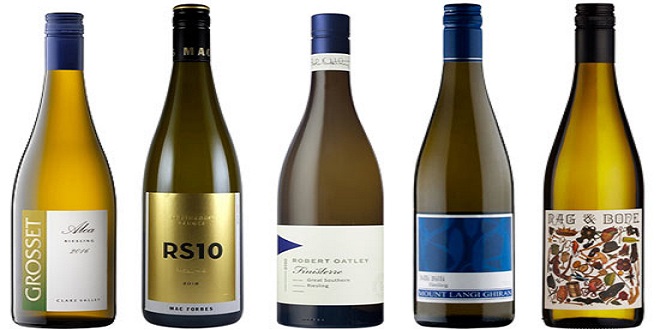Australia produces some of the world’s best wine varieties, including Sauvignon blanc, Pinot noir, Semillon, Merlot, Chardonnay, Cabernet Sauvignon, Shiraz and, of course, Riesling. Riesling wine is a white grape-flavoured wine coming from the Rhine region. It has an aromatic quality, displaying flowery. The aroma is strong enough to be perfume, and they are highly acidic. Wineries use it to make sweet, semi-sweet, dry, and sparkling white wines.
An Insight Into Australian Wine Cultivation
Almost all wine drinkers like their wine when all the three levels, i.e., primary, secondary and tertiary, are uniformly present and fuse to give away the highest level of complexity. After spending all its life inside a bottle, all the aromas in the wine balance themselves. After this, one can enjoy the best experience with their wine. It is also known as the perfect drinking window.
Businesses produce Riesling only in a few counties and regions. One among them is Australia. Generally, Australian Riesling is drier than New Zealand, Alsatian and German wines. The geographical divisions of Australia are known as the geographical indications. Division criteria correspond to respective regions, sub-regions, or wine zone. Two very consistent places are that produce wine are Clare valley and Eden valley. They have the highest prominence for bringing out the highest quality. Other places apart from these two are Grampians, Great Southers, Henty, Tasmanian, and Canberra District.
Every year, the wine industry brings about 6 million dollars to Australia. It is also the sixth-highest wine producer in the whole world. This continent has a total of 65 wine regions.
There are three primary aroma types in Riesling.
Primary aromas
The primary aroma is the flavour, and the smell comes from the fruit itself, the grapes. It is contradictory to the winemaking process. The aroma differs according to the climate and the soil they grow in.
In Mosel, where the cold climate is prevalent, white grapes cannot reach the highest level of maturation. Wines mostly display the mineral notes of slate, flint, steel, chalk, and kerosene. However, with Riesling, it does not end there. They also show floral elements like a citrus blossom, lily, and rose petal. Riesling’s other typical whiffs include lime, gooseberry, grass and honey.
Cultivation of the grapes in counties like Australia, California, Chile and South Africa (the regions with warmer climates), the berries and flavours always reach the highest level of ripeness. These riper ones reveal notes like pip and stone fruits (pear, nectarine, apple, peach), and also the notes of pineapple, lychee, and mango belong to the tropical fruits category. While making Riesling wine uses numerous combinations of the above flavours. The best ones assemble the whole spectrum with a tasteful complexity.
Secondary aromas
It is a part of the winemaking process where one can notice the smell of wine. The primary aromas present in the white grapes merge with bacteria and yeasts to complete the fragmentation. With this, the wine gets more odoriferous complexity. These secondary aromas are born during the fragmentation process. It is in the configuration of sulphur and esters like flint, pear, and petroleum. People have a misbelief that these secondary aromas are aged in oak.
Tertiary aromas
This one is advanced in a bottle. The molecules present in the wine interrelate with each other and with oxygen. When this process takes place, the aromatic features change. The classical aroma of Riesling wines is known as kerosene. It intensifies as the years pass by. If the aroma gets too noticeable, then it is a negative sign. As the bottle matures in time, the aromas inside magnify. Because of this, the primary aroma of fruity flavours gradually vanishes.
 BESTCITYTRIPS
BESTCITYTRIPS



